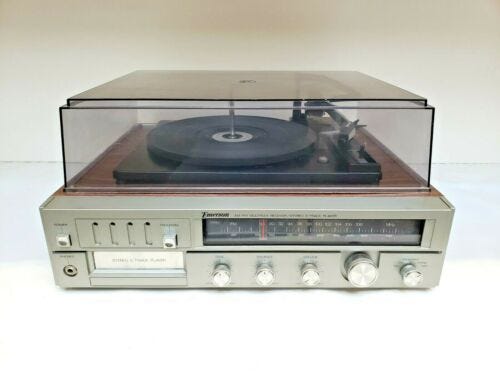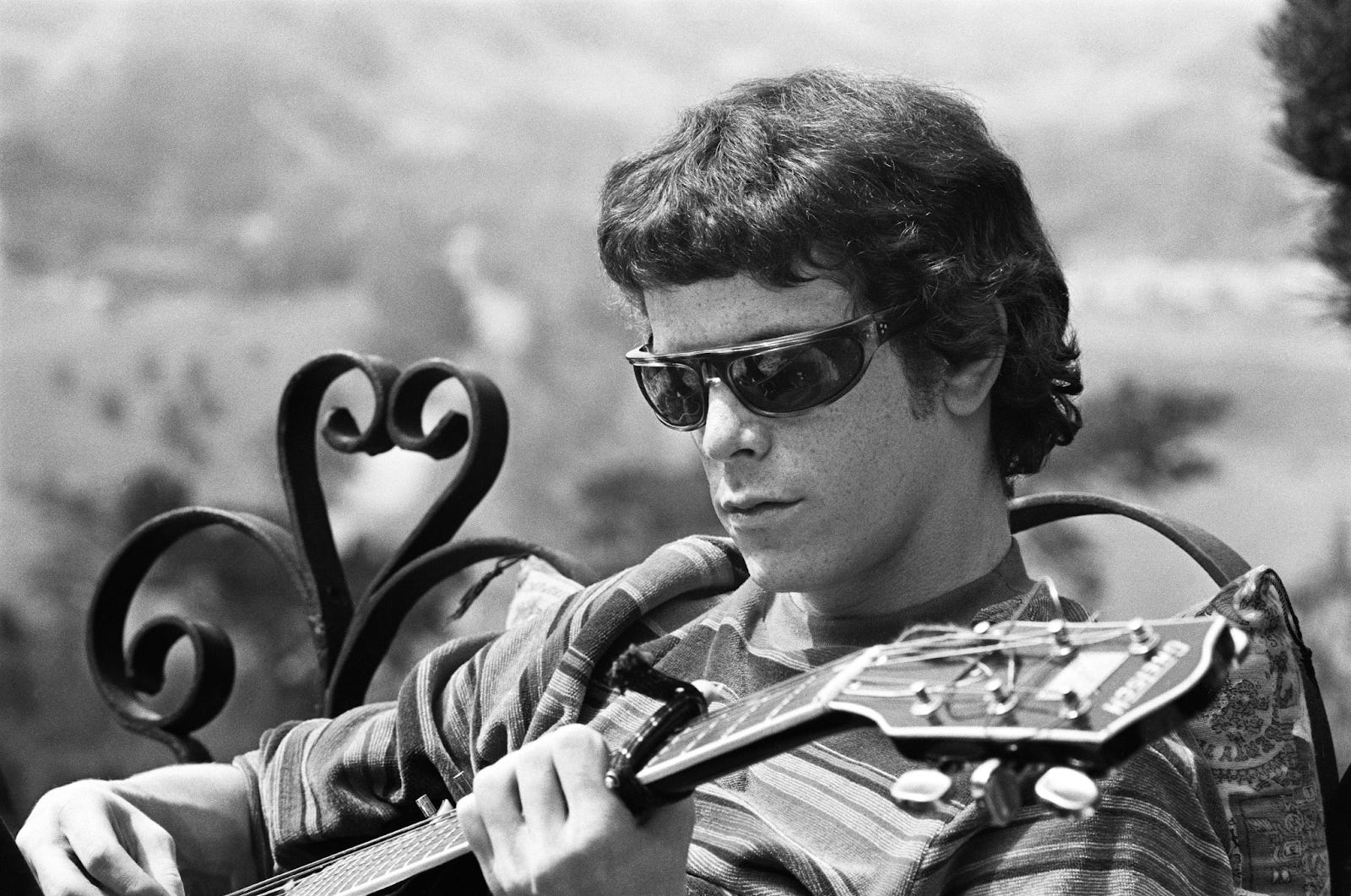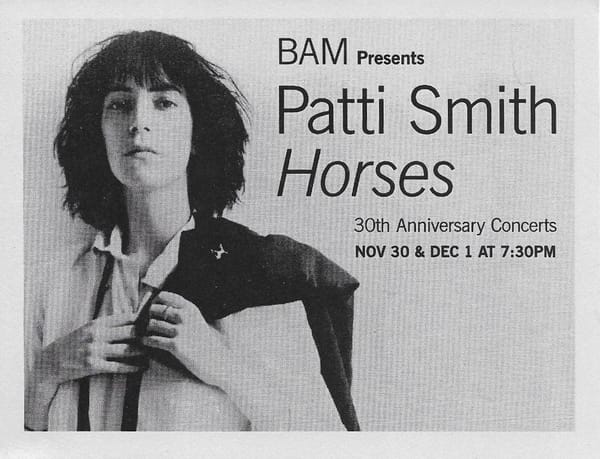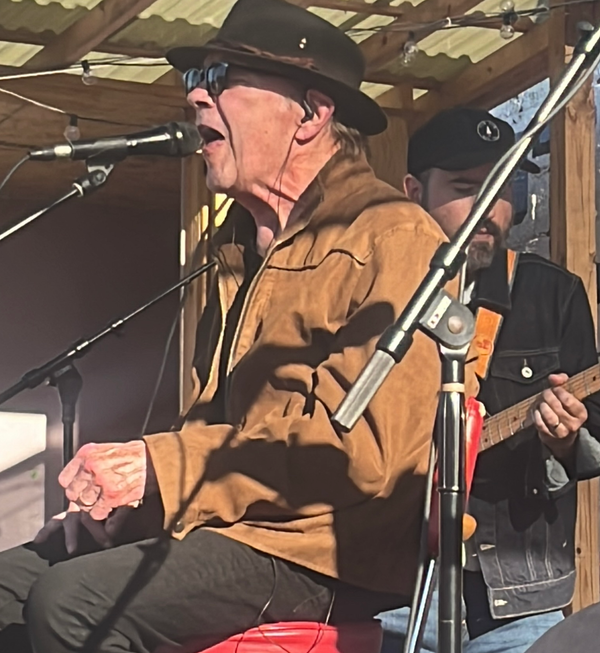the Velvet Underground via Todd Haynes
between thought and expression lies a lifetime.

I think it is hard, sometimes, for people to really get what it was like to be a fan of the Velvet Underground in the days before the internet or even MTV. You only learned about them because you either saw a record in a record store or had a friend who knew about them, or, like me, you read about them in a book and something in your neurons flashed go check that out. I definitely clicked onto them at the point in my life where I had figured out that not everybody liked things that seemed eminently likable or at least interesting enough to consider; the VU wasn’t something I was going to try to introduce as a topic of conversation at lunchtime.
But I do remember sitting in my room with the lights out and the headphones on; it was more atmospheric than it sounds like because it was one of those old all-in-one-stereos that I got for my bat mitzvah, when it replaced my mom’s old RCA turntable. It had a turntable and a radio and an 8-track player, a thing I did not want but definitely got because that version of this stereo was cheaper than the one that came with a cassette player.
ANYWAY, the entire front panel of the thing lit up - you could read by it, and I often did because while I was allowed to listen to music after lights-out, the whole point of lights-out was that the lights would be out and that my parents could not see the light coming underneath my door. So I could listen to music and read without getting into trouble, which was a win-win in my book.

this is not the exact model but it is close enough to give you the general idea
The other thing about the Velvet Underground that mattered to me at the time was that I completely, completely understood that other people didn’t understand them, but that I did. This was particularly critical in high school when I would regularly be accosted to “convince” dudes (it was always dudes) that Bruce Springsteen or the Ramones didn’t suck. It took a few of these experiences before I finally said, “I really don’t care if you don’t like them,” and just...walked in a different direction.
This brings us to the Todd Hayes documentary on the Velvet Underground. I got to see it last week here in Detroit at the gorgeous movie theater that’s located within the Detroit Institute of Arts. Masks and proof of vaccination were required, and rows were roped off to support social distancing. I walked to the front row and plopped myself in the center of it; I had zero chill about this, and I did not care what anyone might have thought. It seemed appropriate.
I have carefully avoided reading anyone else’s thoughts on this thus far, so forgive me if this is repetitive. But I thought it was perfect in (almost) every possible way. It is an accurate and balanced high-level summary of the history of the band. It is a piece of art in its own fashion, with the use of the Warhol screen tests as high-level filler, if you will, but also as a statement and a vivid connection to the scene and the time. It is not a standard documentary, which would probably be good to have at some point, but they were not a standard band; they deserved more than a standard documentary.
It is also, as my friend and colleague Alison Fensterstock said when Scorsese’s Rolling Thunder Revue came out, a text. I didn’t realize how often I would want to return to that film and how often I have, and how doing so feels not just like expanding my understanding of Dylan but also feels like building a relationship with a piece of art. When I was in college, I begged for a membership to the Museum of Modern Art because the Fordham campus wasn’t that far away and I often had long breaks between classes and I really liked being able to walk in and just go sit with Monet’s Water Lillies or some Jackson Pollacks or a Brancusi or two. It doesn’t feel disingenuous to compare them. I am eager for the VU documentary to also come out on physical media so I can do the same thing with it.
The other element about the documentary that I absolutely adore is that it assumes that you already Know Things. It explains why the Velvet Underground are important but it also requires that you already know that or be open to the possibility of it. In that way it reminds me of one of my favorite documentaries of all time, The Kids Are Alright. There’s not one line of explanatory information offered within the entire movie. It just jumps straight into telling the story. Haynes does take a slightly more circuitous route by starting with John Cale’s childhood and how he came into being a musician, and we’re lucky that Cale is 1) still alive 2) willing to participate, and that onramp is a more than a reasonable historical approach to the story.
TKAA makes its case by stringing together incredible pieces of live footage; the VU makes its case via an incredibly discerning compilation of existing footage (The film of the band in a motor home -- Nico driving! -- heading to a concert in Ohio is amazing.) as well as historical appropriate b-roll and modern-day interviews. (“They got La Monte,” an audience member kept repeating in astonishment as we walked out of the auditorium, in response to the new interviews with the minimalist legend. “They got LA MONTE.”)

I also felt that the documentary accomplished the impossible in that it gave everybody equal time. I didn’t sit with a stopwatch but as someone who knows the stories it made me feel like everyone got spotlight long enough, although I could listen to Jonathan Richman talk about his experience as a diehard Velvets fan for hours (please, release the entire interview on the DVD, please).
But the key to the thing is that at no point is Haynes stopping to fill in the background or provide explanation or exposition. I don’t want to say that he doesn’t do it because he doesn’t care whether you do or not because he wants you to work to understand, because the Velvet Underground and their work and legacy are worthy of that labor. And also because there is no straight line to the heart of the VU; they are the sum of their parts and their egos and their artistry and the way they saw the world.
Last week I went to a reading at Third Man Records in Cass Corridor, featuring Adele Bertei, Lucy Sante, and Mike DeCapite, all touring behind new books. I adored Bertei’s volume in the WHY MUSIC MATTERS series, where she wrote about Labelle; I realize that we are labelmates but the Labelle book is amazing and I learned so much. I was eager to get my hands on her book Peter and the Wolves, a memoir about her friendship with Peter Laughner, the legendary Cleveland musician. I read it in a day and a half. It is raw, gorgeous, heartbreaking, and pulls you into her world all those years ago. I highly recommend it.
The publication date for WHY PATTI SMITH MATTERS in the US has been pushed back to May 2022 due to supply chain issues. In the UK, where the book will be published by Faber & Faber, it should be out around the same time. By the next newsletter I will have a cover image to share!




